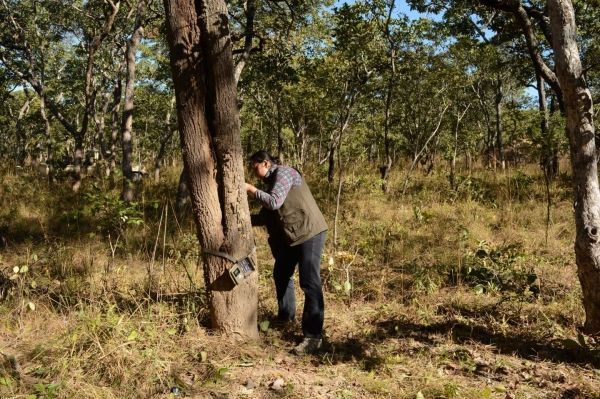A new analysis of 92 studies from 27 countries conducted by ecologists at the University of Massachusetts Amherst suggests that many recent multi-species studies of wildlife communities often incorrectly use the analytical tools and methods available.
Technology such as trail cameras and drones have “revolutionized wildlife monitoring studies” in recent years, says organismic and evolutionary biology doctoral student Kadambari Devarajan, who led the study, “but if not properly used in well-designed research, they will compromise the reliability of the results obtained.”
Devarajan and co-authors report that the number of studies reporting community-level data has dramatically increased from fewer than five in 2009 to more than 50 in 2019. They believe that given the growth of ecological studies at the community level, it is important to identify the pitfalls that could arise from incorrectly applying certain methods and inconsistencies in reporting results, as well as what should be improved going forward.
Reporting in a special issue of the journal Ecography, Devarajan and her collaborators Toni Lyn Morelli of UMass Amherst’s Northeast Climate Adaptation Science Center and Simone Tenan of the Museo delle Scienze, Trento, Italy, considered how published studies approached a variable known as ‘species occupancy,’ which among other things takes into account how easily detected each species is in the study area.
Read more at University of Massachusetts Amherst
Image: UMass Amherst ecologist Kadambari Devarajan setting up the trail camera for her field work in Zambia's grassland, where she used the traps to study the community of carnivores including lions, leopards cheetah and hyena. (Credit: UMass Amherst/K. Devarajan)


